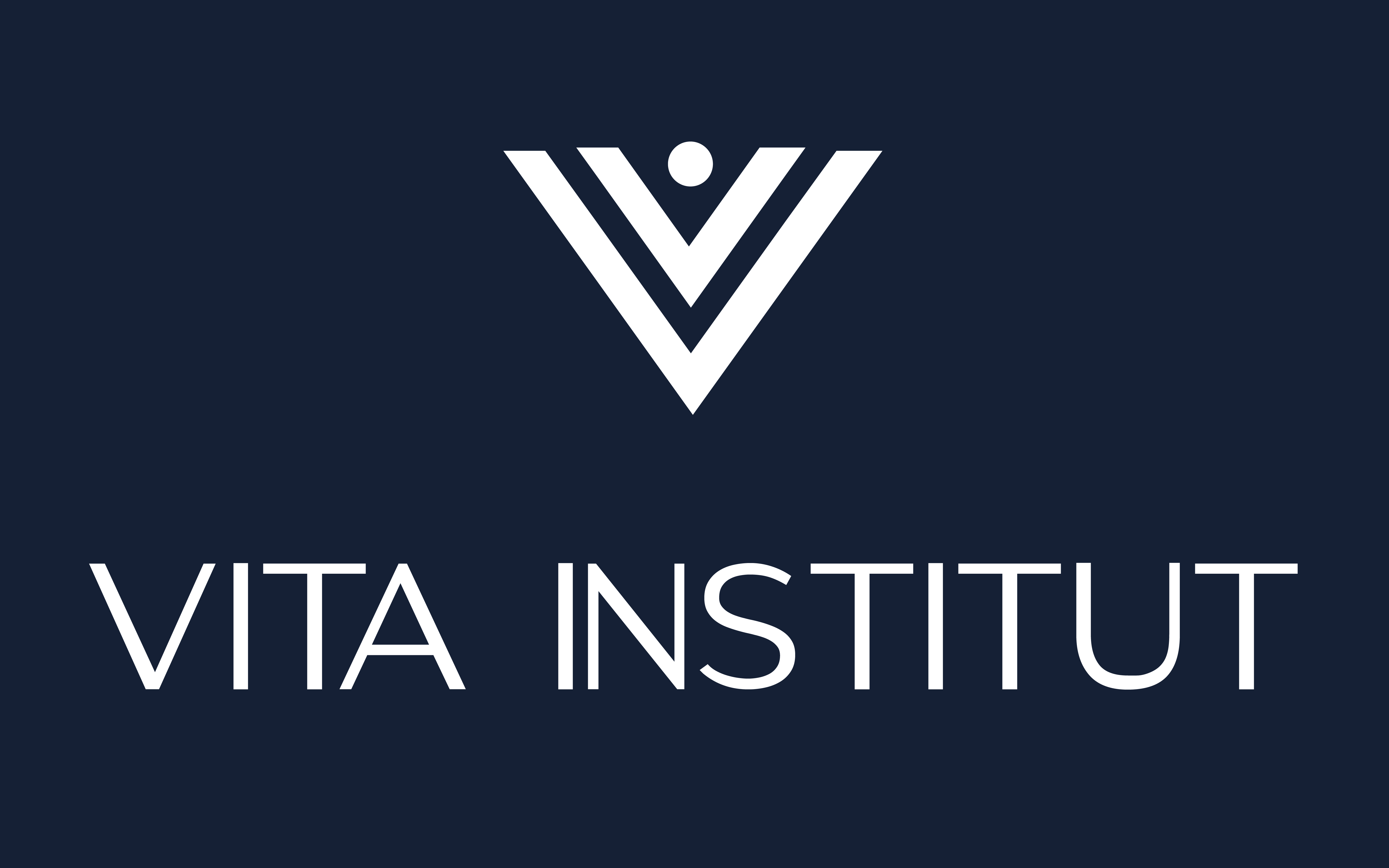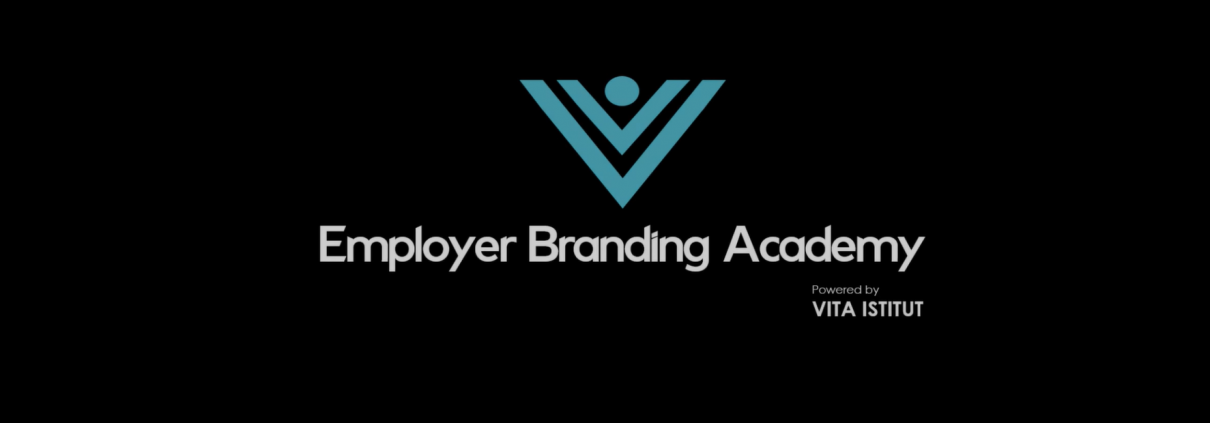Human Resource definitely understands the importance of employer branding. Creating an effective Employer Brand sometimes can be challenging. From planning to execution and optimization there are so many subcategories that every HR team has to adjust to its organization and labor market. In order to get a better understanding of how you can create an actionable employer branding strategy we made this comprehensive collection of tips.
Planning Your Employer Branding Strategy
Tip Number 1: Align your Strategy with Organizational Needs
Aligning your employer branding strategy with the organization is very straightforward. By setting a business’s short and long-term needs, taking into account everything the organization wants to accomplish and the skillset it will require to do so. Start by answering the following questions:
- What objectives will the business pursue over the next 3 years?
- What new products and services are in the pipeline?
- What talent gaps exist that could prevent us from meeting our obligations?
Tip Number 2: Set Actionable Objectives
Setting actionable objectives will help the organization to solve a problem or accomplish a goal. Every single business must define its own recruitment goals, and well-crafted objectives will always share common traits. Here are some actionable objectives you should consider of:
- Identify a specific and reasonable goal the company needs to meet
- Establish metrics and adjust them over a long time
- Establish resources, create a content calendar, and set a timeline
- Divide, conquer and meet deadlines
Tip Number 3: Define Relevant KPIs
Key performance indicators (KPIs) are metrics used to evaluate the success of the objective. If your goal is to reduce total recruiting costs by 20% over a six-month period, cost-per-hire would be an essential KPI. The KPIs you define will vary based on your objectives.
Tip Number 4: Develop a Measurement Plan
It’s likely your business already has access to a plethora of tools and resources that can help you obtain the needed information. A measurement plan will ensure you’re equipped to collect and analyze the data you need to make informed decisions.
Tip Number 5: Allocate Resources Upfront
One of the biggest questions you’ll face when allocating resources to develop an employer branding strategy is whether to keep things in-house or enlist the assistance of an outside expert. Both options have advantages:
- External agencies. While not as common as their counterparts in advertising, a host of employer branding agencies have sprung up in recent years. These service providers may be the best option for organizations lacking internal expertise or looking to supplement existing resources.
- Internal teams. Creating an internal employer branding team will be the most economical path for many organizations. While this option may not involve dedicated consultants or agencies, it can be every bit as effective if properly implemented.
Tip Number 6: Create Target Candidate Personas
Candidate personas require first-hand feedback from prospective employees, so you’ll have to conduct some interviews to get the information you need. We recommend a minimum of 10, but the more the merrier. Recent hires can also provide valuable insight, so make sure to include them in your interview schedule. You’ll want to collect as much information as possible
Demographics are important factors to consider and can be extremely helpful when targeting candidates. However, be careful not to target too narrow thus unintentionally excluding populations and reinforcing unconscious biases. Not only is it unethical but it’s illegal, so watch out.
Tip Number 7: Develop a Compelling Employee Value Proposition
Creating a meaningful EVP is arguably the most important thing you can do when developing your employer branding strategy. It will serve as the foundation for your communications materials, influencing everything you say and do when recruiting talent.
Tip Number 8: Determine Your Distribution Mix
It’s important to determine which channels you’ll use to communicate with candidates before developing employer branding materials. Not every channel is right for every business, so you’ll want to identify where your ideal candidates spend their time and take your message to them.
This is one area where you’ll definitely want to involve your marketing team, but recruiters should still understand the basics of owned, earned, and paid media before communicating with candidates.
Tip Number 9: Create a Content Calendar
Whether you’re publishing a recruiting blog, running targeted ads on social media or rolling out new features on your careers page, creating a content calendar can simplify the process and hold people accountable for deadlines.
- Brainstorm ideas. Get a team together and brainstorm big-picture ideas for blog titles, recruitment marketing campaigns, video production, and careers page improvements.
- Consider the budget. Creating compelling content takes time and money, but the investment will pay off in the long run. Focus on driving success for one project at a time. If you take on too much too quickly, your strategy may lose credibility and funding.
- Distribute tasks. Now that you’ve established a master plan, divvy up the work to appropriate managers who will further delegate as needed.
- Set deadlines. Make sure everyone’s calendars are synced and people are held accountable for their content deadlines.
- Adjust as needed. Are you catching on to this theme? Employer branding strategy is not stable. It is forever in flux, and by staying ahead of the trends you’ll find the best people before they even start looking for jobs.
Tip Number 10: Make Sure Your Employees Understand the Strategy
Start with the basics:
- Keep them in the loop. Equip employees to be effective ambassadors by ensuring every member of the organization understands the employer branding strategy and how to communicate it to their personal networks.
- Empower them to communicate. Some firms may feel a little uneasy allowing their employees to communicate on the company’s behalf, but you have to get past it. We live in a connected world, and your employees’ networks are likely an untapped talent pool.
- Provide some guidance. Whether it’s a few talking points or a formal social media policy, providing your employees with a little guidance will help ensure they remain on message.
Tip Number 11: Repeat, Repeat, and Repeat
There’s no get-rich-quick scheme when it comes to employer branding, but there is one surefire formula for success: Test, measure, and repeat.
Once you’ve planned, implemented, and optimized your employer branding strategy, start over. Reassess the organization’s needs and determine if your strategy is still relevant. Set objectives to address new challenges or opportunities. Develop new candidate personas and refine your employee value proposition accordingly. Top-performing companies treat their employer branding strategy as a work in progress, never missing an opportunity to refine their approach and improve results.
Remember, employer branding is a circular process, so once you’ve optimized, head back up to step one and prove to stakeholders and team members that employer branding is well worth the investment.



Leave a Reply
Want to join the discussion?Feel free to contribute!